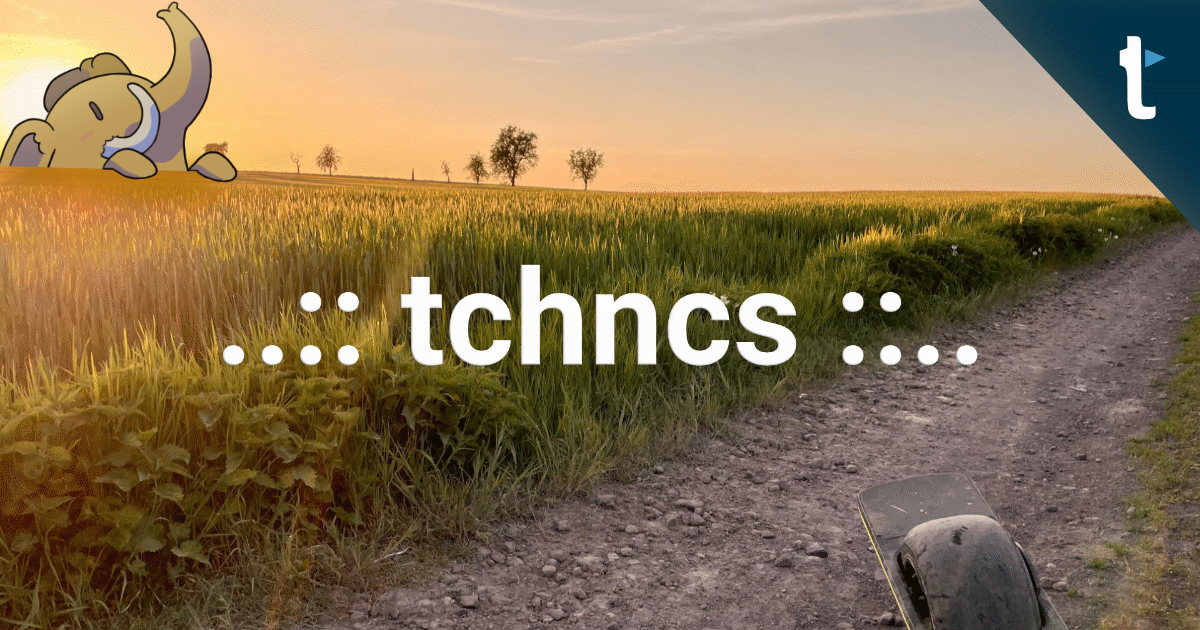https://shkspr.mobi/blog/2024/05/49911/
While attending IndieWebCamp in Brighton a few weeks ago, a bunch of us were talking about blogging. What is post? What should it contain? What's optional?
Someone (probably Jeremy Keith said:
A blog post doesn't need a title.
In a literal sense, he was wrong. The HTML specification makes it clear that the <title> element is mandatory. All documents have title.
But, in a practical sense, he was right. This blog post has an empty <h1> element - the document might be semantically invalid, it might reduce accessibility, but the post is still available.
A blog post can be a plain text document uploaded to a server. It can be an image hosted on a social network. It can be a voice note shared with your friends.
Title, dates, comments, links, and text are all optional.
No one is policing this.
Go create something which doesn't fit properly with the rest of the world.
https://shkspr.mobi/blog/2024/05/49911/

